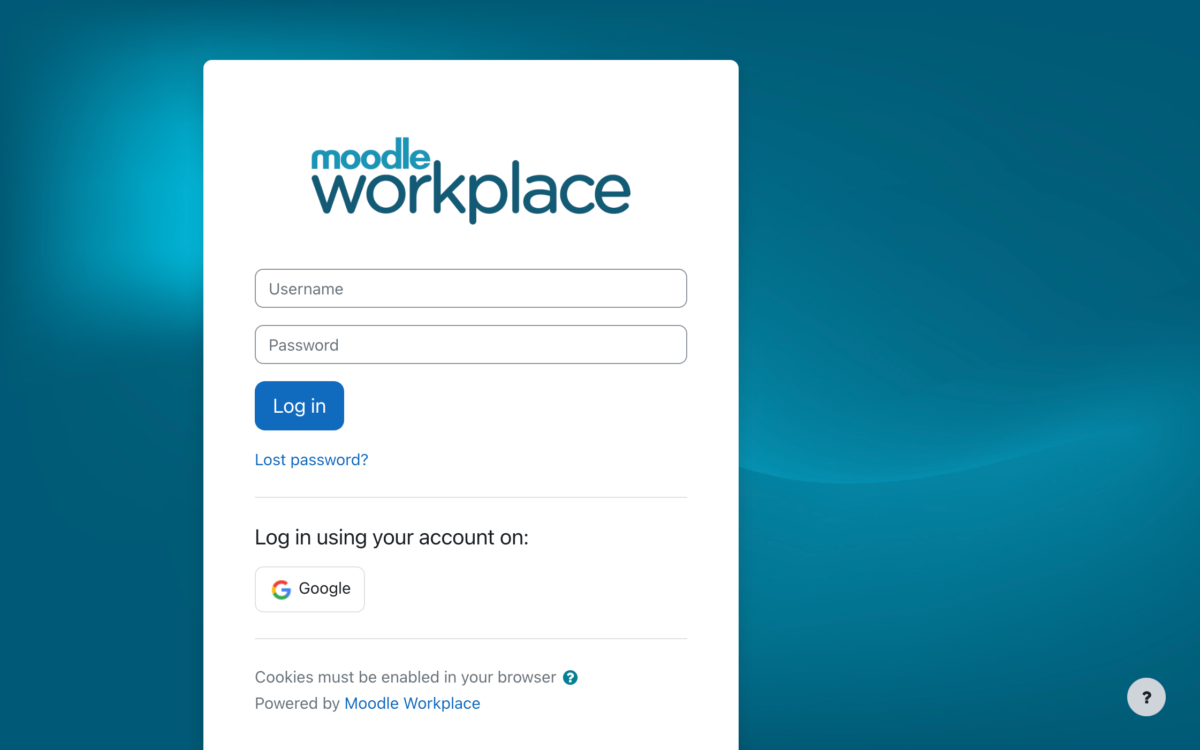Until recently, tradition dictated that business was conducted in office buildings and learning in schools or universities. Working from home (WFH) was considered slightly radical and only for those who worked in an online industry. However, the emergence of COVID-19 has reshaped how we work and learn, and we have found if there is a will, there is a way to transition into online learning and remote working.
In fact, working from home is the new “normal”. As business leaders, education and HR professionals, there are a number of key points which can be addressed to make sure remote workers and learners are engaged and productive. Here are four quick tips to help you navigate the world of remote learning and working.
The Power of Communication
Humans are social creatures, we crave connection, but spontaneous interaction with colleagues or other learners is the first to go when the transition is made to remote working or online learning. To maintain connection, rather than just relying on email and Zoom calls, use your LMS platform for webinars, web conferencing, or virtual classroom training to connect online.
A full-featured virtual classroom provides a venue for formal meetings, sure—but also for informal chats and opportunities for colleagues or students to meet face-to-virtual-face. Video meetings can solidify the connection in ways that an email or even a traditional telephone chat cannot.
Since workers and learners won’t bump into one another in the hallway, contact has to be more deliberate. Build in time for conversations about the minutiae of daily life, and chat about the same things you’d chat about over lunch or coffee.
The Power of Gamification
Put the trend toward gamification to building relationships among workers or learners. It doesn’t matter whether they work from the traditional office or school or a home office/ school -adding in game mechanics like leaderboards, points, levelling up, and the opportunity to win prizes or badges can get workers and learners adrenaline flowing. Form teams for even more relationship building (but keep the competition friendly!
The Power of Responsive Content Design
In any remote working or learning situation, some workers or learners may use tablets, some may be on a laptop at home, while others use a desktop computer at the office or school. Or the same worker or learner may use all of the above.
Responsive design has them all covered. It enables instructional designers to provide the same information to multiple devices, using a design that reduces maintenance and potential for errors by keeping all the content in a single source for updates. Responsively designed online content serves all workers and learners, wherever they are.
The Power of Work / Life Balance
It is important to emphasise the separation of work time from leisure time, but remaining flexible. Accept that remote workers and learners may address some personal business during typical working hours but can complete their projects during off-hours.
Create online learning content such as video guides or tutorials on topics of interest to remote workers and learners, such as how to use online conferencing tools, good time management, and even practices for good mental health or virtual exercise snippets.
These small steps can help mitigate the upheaval caused by the change in the traditional working and learning spaces, thereby ensuring workers and learners adopt to the new normal with fewer challenges.
Please contact us if your organisation needs our expertise to make a smooth transition to remote working and learning.







